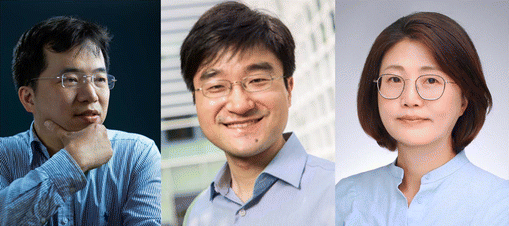 Open Access Article
Open Access ArticleCreative Commons Attribution 3.0 Unported Licence
Introducing EES Batteries
Qiang
Zhang

Beijing Key Laboratory of Complex Solid State Batteries, Tsinghua Center for Green Chemical Engineering Electrification, Department of Chemical Engineering, Tsinghua University, Beijing, 100084, China. E-mail: zhang-qiang@mails.tsinghua.edu.cn
I am honoured to introduce the first issue of EES Batteries, a premier journal dedicated to ground-breaking research in battery science and energy storage. As the demand for efficient and sustainable energy technologies continues to grow, batteries have emerged as a cornerstone of progress, driving innovation across electric vehicles, renewable energy systems, portable electronics, and beyond. EES Batteries is designed to serve as the definitive platform for pioneering research in this critical field, showcasing exceptional work from across the globe and promoting interdisciplinary collaboration.
Our mission at EES Batteries is to foster a deeper understanding of battery technologies while advancing practical solutions that address some of the world's most pressing energy challenges. This journal builds on the legacy of excellence established by Energy & Environmental Science, bringing the same high standards, rigorous peer review, and commitment to impactful research. EES Batteries, like EES Solar and EES Catalysis within “EES” Family, is an Open Access journal. This means that the important research published in the journal benefits from the widest possible readership, and helps accelerate progress within the batteries discipline. Furthermore, the RSC is covering the article processing charges (APCs) for authors publishing in EES Batteries until July 2027. The scope of EES Batteries is as broad as it is ambitious, covering the full spectrum of battery research—from novel materials and electrochemistry to advanced characterization techniques, modelling and simulation, and the integration of artificial intelligence in battery science. By encompassing fundamental discoveries, applied innovations, and policy analyses, we aim to bridge the gap between laboratory breakthroughs and real-world applications.
I am deeply grateful to the extraordinary team behind EES Batteries. Our Associate Editors, Xin Li (Harvard University, USA) and Seung-Wan Song (Chungnam National University, South Korea), along with a distinguished international Editorial Board, bring unparalleled expertise and vision. Together, we are committed to ensuring that every article published in EES Batteries meets the highest standards of quality, rigor, and relevance.
As we embark on this journey, I invite you to explore the pages of EES Batteries, discover cutting-edge research, and consider submitting your own transformative work (https://www.rsc.org/journals-books-databases/about-journals/ees-batteries). By joining this vibrant community of scholars, engineers, and policy-makers, you will help shape the future of energy storage and contribute to building a more sustainable world.
Thank you for your support, and welcome to EES Batteries.
Best regards,
Prof. Dr Qiang Zhang,
Editor-in-Chief, EES Batteries
| This journal is © The Royal Society of Chemistry 2025 |

